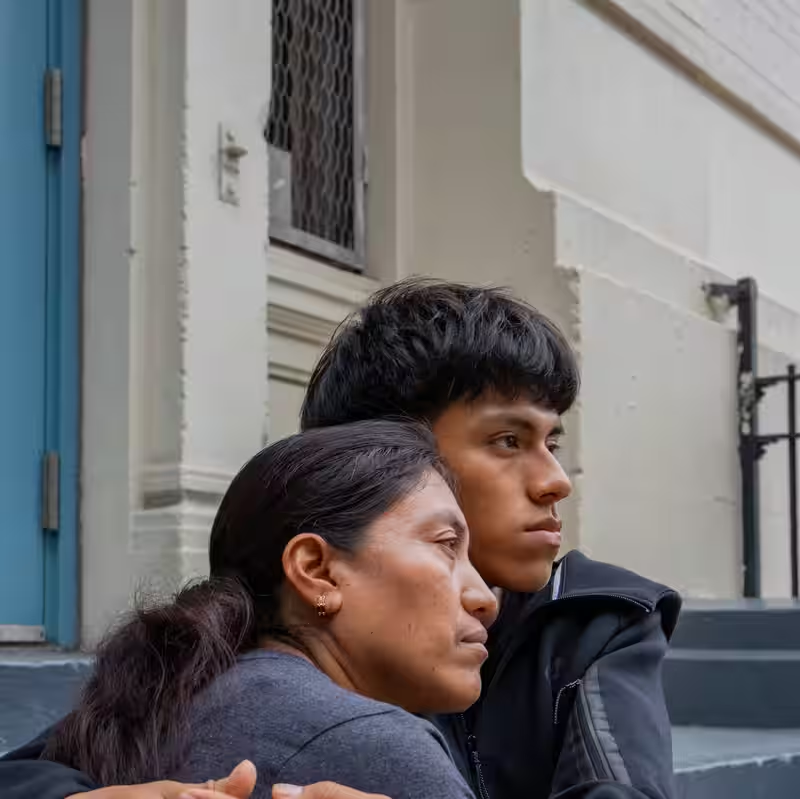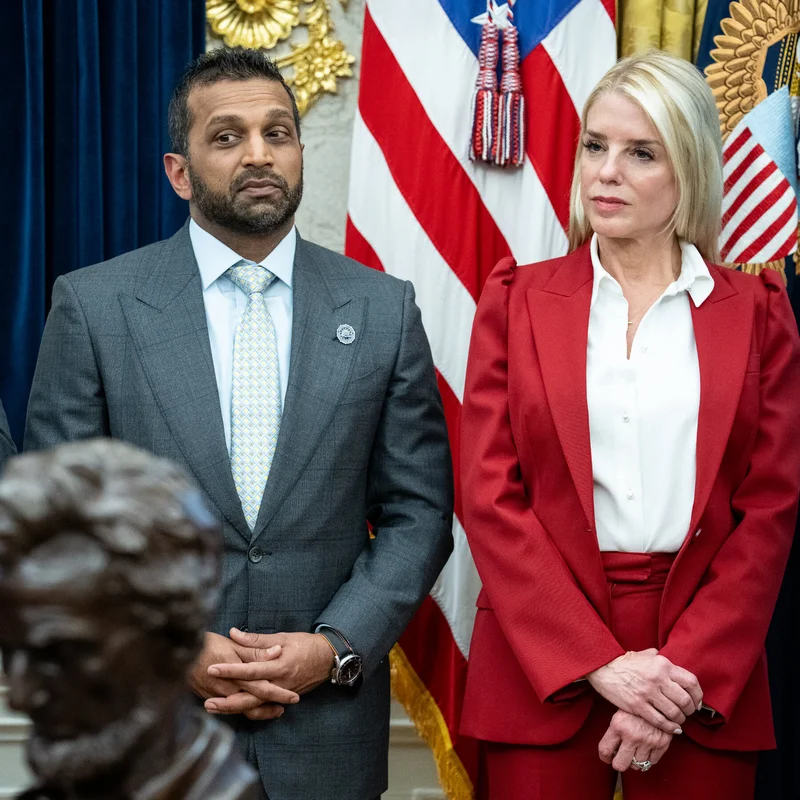In classrooms across New York and beyond, a quiet but powerful movement is unfolding. As federal immigration enforcement intensifies, teachers, counselors, and even fellow students are stepping into roles they never anticipated: protectors, advocates, and sometimes even temporary guardians for undocumented youth living in fear.
Table of Contents
- Fear in the Classroom
- Teachers as Protectors
- Student Solidarity in Action
- Legal and Emotional Lifelines
- Are Schools Becoming Sanctuaries?
- Sources
Fear in the Classroom
For many immigrant children—especially those without legal status—school is more than a place of learning. It’s a rare space where they can momentarily forget the looming threat of family separation or deportation. But that sense of safety is fragile.
“They come to school looking over their shoulders,” said Maria Lopez, a high school counselor in Queens. “Some haven’t slept in days because ICE was spotted near their apartment building.”
According to educators interviewed by The New York Times, students as young as 10 are now asking questions like, “What happens if my mom doesn’t pick me up?” or “Can I stay with you if they take my dad?”
Teachers as Protectors
In response, many teachers are going far beyond lesson plans. Some have opened their homes to students whose parents were detained. Others help families connect with pro bono immigration lawyers or draft emergency contact plans.
One Brooklyn teacher, who asked to remain anonymous, described hiding a 16-year-old student in her home for three nights after his father was arrested during a workplace raid. “I didn’t think twice,” she said. “He was my student. He was scared. What else could I do?”
These actions aren’t just compassionate—they’re part of a growing grassroots resistance rooted in community care.
Student Solidarity in Action
It’s not just adults stepping up. High school students are organizing “know your rights” workshops, fundraising for legal defense funds, and even accompanying classmates to immigration court hearings.
At a public school in the Bronx, a group of juniors created a “Safe Walk Home” program to ensure no student walks alone after school—a small but meaningful gesture in neighborhoods where immigration checkpoints have increased.
Legal and Emotional Lifelines
Support often blends practical aid with emotional reassurance:
- Legal Navigation: Teachers partner with nonprofits like Immigration Equality and National Immigration Law Center to guide families through complex systems.
- Mental Health: Schools are increasing access to bilingual counselors trained in trauma-informed care.
- Emergency Housing: In rare but critical cases, educators coordinate temporary shelter through trusted networks.
“We’re not just teaching algebra or English,” said David Chen, a social studies teacher in Manhattan. “We’re teaching them they matter—and that someone will fight for them.”
Are Schools Becoming Sanctuaries?
While no U.S. public school is officially a “sanctuary,” many districts—including New York City—have policies limiting cooperation with federal immigration enforcement on school grounds. These policies offer some protection, but they don’t eliminate fear.
“Policies are paper,” said one undocumented student. “But Ms. Rivera? She stayed with me until my aunt got here at 2 a.m. That’s real protection.”
As political rhetoric around immigration hardens, these everyday acts of courage—by teachers, friends, and communities—are becoming a lifeline for the most vulnerable.




